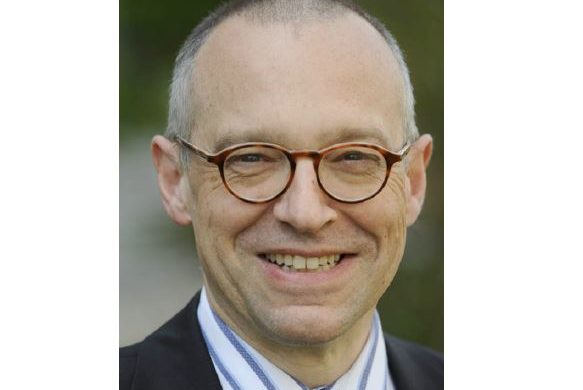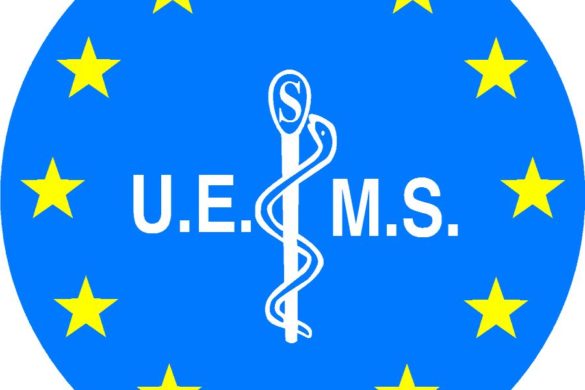Abstract:
Background: Bevacizumab has recently been approved by the US Food and Drug Administration for recurrent glioblastoma (GBM). However, patterns of relapse, prognosis, and outcome of further therapy after bevacizumab failure have not been studied systematically.
Methods: We identified patients at Memorial Sloan-Kettering Cancer Center with recurrent GBM who discontinued bevacizumab because of progressive disease.
Results: There were 37 patients (26 men with a median age of 54 years). The most common therapies administered concurrently with bevacizumab were irinotecan (43%) and hypofractionated reirradiation (38%). The median overall survival (OS) after progressive disease on bevacizumab was 4.5 months; 34 patients died. At the time bevacizumab was discontinued for tumor progression, 17 patients (46%) had an increase in the size of enhancement at the initial site of disease (multlifocal), and 13% (35%) had progression of predominantly nonenhancing tumor. Factors associated with shorter OS after discontinuing bevacizumab were lower performance status and non-enhancing pattern of recurrence. Additional salvage chemotherapy after bevacizumab failure was given to 19 patients. The median progression-free survival (PFS) among these 19 patients was 2 months, the median OS was 5.2 months, and the 6-month PFS rate was 0%.
Conclusions: Contrast enhanced MRI does not adequately assess disease status during bevacizumab therapy for recurrent glioblastoma (GBM). A nonenhancing tumor pattern of progression is common after treatment with bevacizumab for GBM and is correlated with worse survival. Treatments after bevacizumab failure provide only transient tumor control.
Comment by Riccardo Soffietti and Luca Bertero
Bevacizumab, a monoclonal antibody against vascular endothelial growth factor (VEGF), has been approved in 2009 by the FDA for the treatment of recurrent glioblastoma (GBM) after surgery, radiotherapy and concomitant / adjuvant chemotherapy with temozolomide. In comparison with standard cytotoxic drugs , this compound has increased complete and partial responses on MRI from 4-6 to 38% , and prolonged the 6-month progression-free survival from 15-19 to 50%. However, GBM invariably relapses after initial response to anti-VEGF therapy. There are two mechanisms of escape: switch to VEGF-independent pathways (revascularization) or vessel cooption with increased invasion and migration abilities of tumor cells. This latter leads to a non-enhancing pattern of tumor progression on MRI, that is best seen in T2 / FLAIR and diffusion images.
The study of Iwamoto and coworkers has reevaluated the patterns of tumor relapse and prognosis of 37 patients with GBM who previously received bevacizumab at Memorial Sloan Kettering Cancer Center, Department of Neurology, in New York. At the time bevacizumab was discontinued for tumor progression, MRI showed that 46% had an increase in the size of contrast enhancement at the initial tumor site (local recurrence), 16% had a new enhancing lesion distant in the brain (multifocal recurrence), 35% had a predominant non-enhancing tumor progression (secondary gliomatosis) and 3% only had a neurological deterioration without imaging confirmation. The non-enhancing pattern of tumor progression was correlated with a shorter survival (4.5 months).
Overall, this study has confirmed that GBMs can exhibit a more infiltrative phenotype after failure of antiangiogenic therapy, and the prognosis is dismal. Subsequent studies have reported that the risk of secondary gliomatosis after anti-VEGF agents is not significantly higher than with anti-VEGF free regimens and does not impact the natural history of the tumor. In this regard, antiangiogenic agents, by prolonging the duration of the disease and reducing the enhancing tumor, could provide time for the diffuse infiltration to become more evident.
New trials have been designed to specifically target with different compounds the different pathways of escape from anti-VEGF therapy. Of particular interest is the attempt of targeting with a specific antibody (ornatuzumab) the increased expression of c-MET that has been correlated with the increased invasion and migration of tumor cells after anti-VEGF agents.
Riccardo Soffietti is Professor of Neurology at the University and San Giovanni Battista Hospital in Turin, Italy and Chairman of the EFNS Scientist Panel on Neuro-oncology.
Luca Bertero is working at the Department of Neuro-Oncology at the University and San Giovanni Battista Hospital in Turin, Italy.







